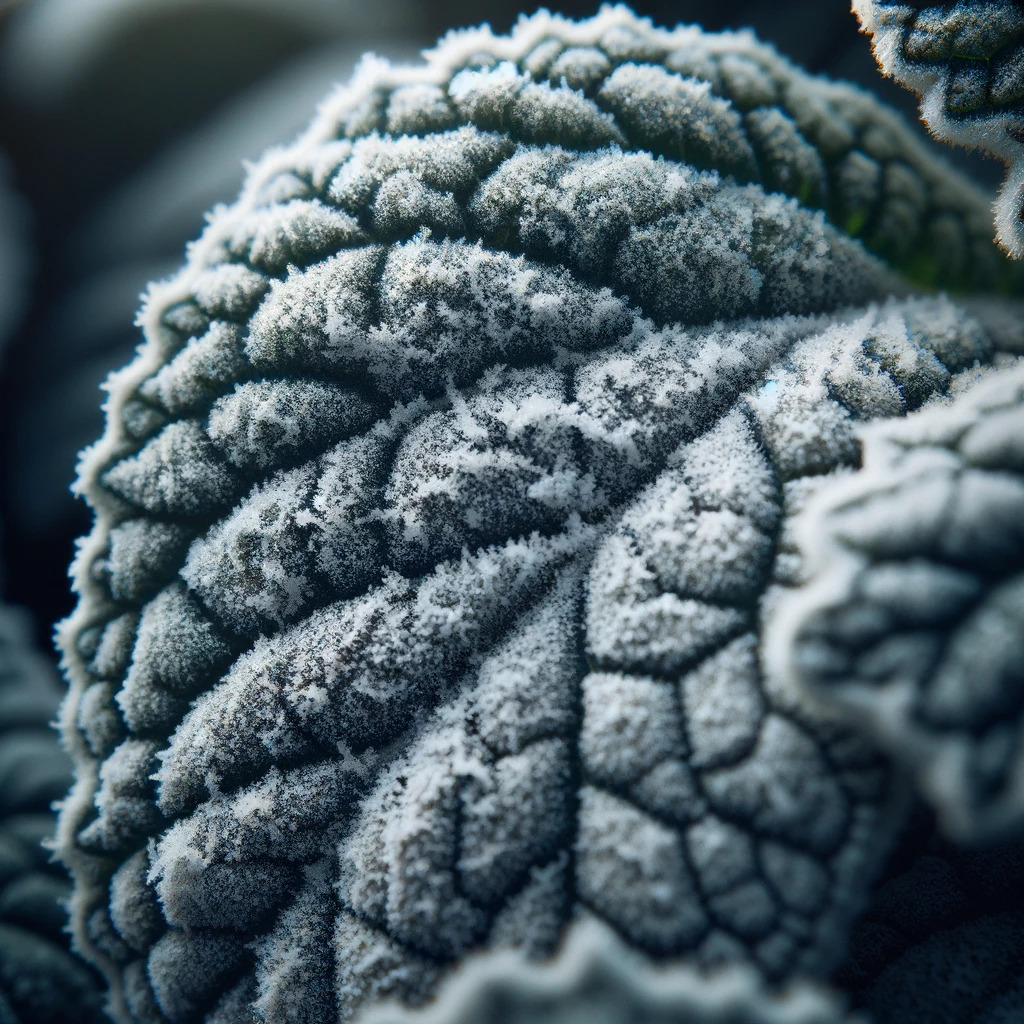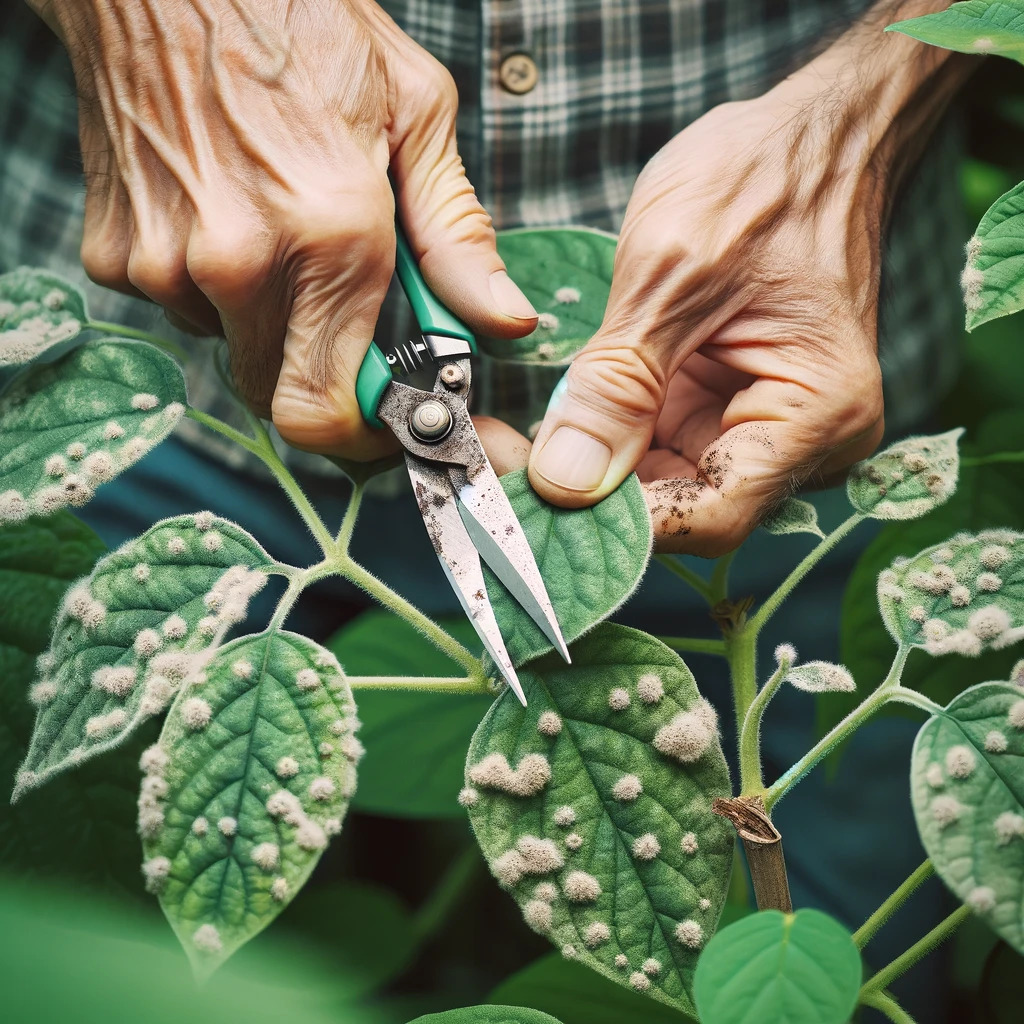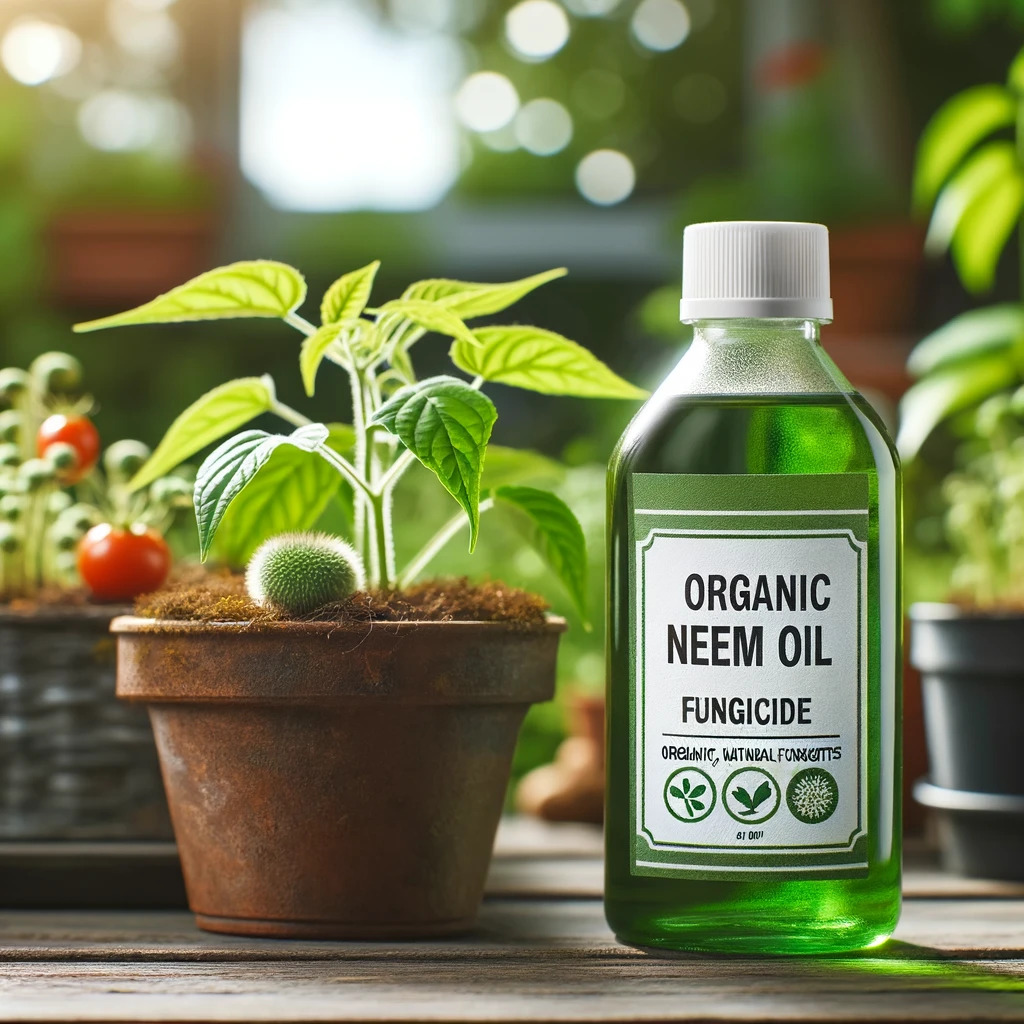
What is Powdery Mildew and How to Identify It?
Powdery mildew is a common fungal disease that affects a wide variety of plants. It is characterized by a white or grayish powder on the leaves, stems, and sometimes on the fruits. This superficial fungus creates a layer that resembles fine powder, giving it its distinctive name.
Causes of Powdery Mildew: Risk Factors
Powdery mildew develops in conditions of high humidity and moderate temperatures. Although it does not need direct water to grow, high ambient humidity favors its development. Poor air circulation and shade also contribute to its spread.

Commonly Affected Crops
This disease affects a diverse range of crops, including:
- Ornamental plants like roses, chrysanthemums, and begonias.
- Vegetables such as squash, cucumbers, and tomatoes.
- Fruit trees, especially apples and grapes.

Impact of Powdery Mildew on Plants
Powdery mildew can cause a variety of issues in plants, including:
- Reduced photosynthesis due to leaf coverage.
- Deformation and wilting of foliage.
- Decreased yield and fruit quality in crops.
Solutions and Prevention
To combat powdery mildew, it is recommended to:
- Maintain good air circulation among plants.
- Avoid overwatering and getting water on the leaves.
- Prune affected parts of the plant.
- Use organic fungicides like baking soda or neem oil.

Cultural Practices to Prevent Powdery Mildew
- Choose mildew-resistant varieties.
- Rotate crops to prevent spore buildup in the soil.
- Maintain garden hygiene by removing residues from affected plants.
Conclusion: Keep Your Plants Healthy and Mildew-Free
Powdery mildew can be a challenge, but with the right practices, it is possible to keep your plants healthy and productive. Prevention and early treatment are key to controlling this disease.
Identification and Control of Powdery Mildew, Ecological Methods for Treating Powdery Mildew, Preventive Strategies for Mildew in Gardens, Impact of Powdery Mildew on Agricultural Production, Integrated Management of Powdery Mildew in Crops, Homemade and Effective Solutions Against Powdery Mildew.
 AgronoBlog – Agriculture Blog
AgronoBlog – Agriculture Blog